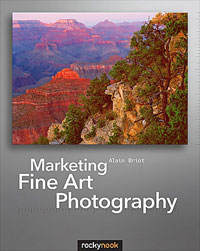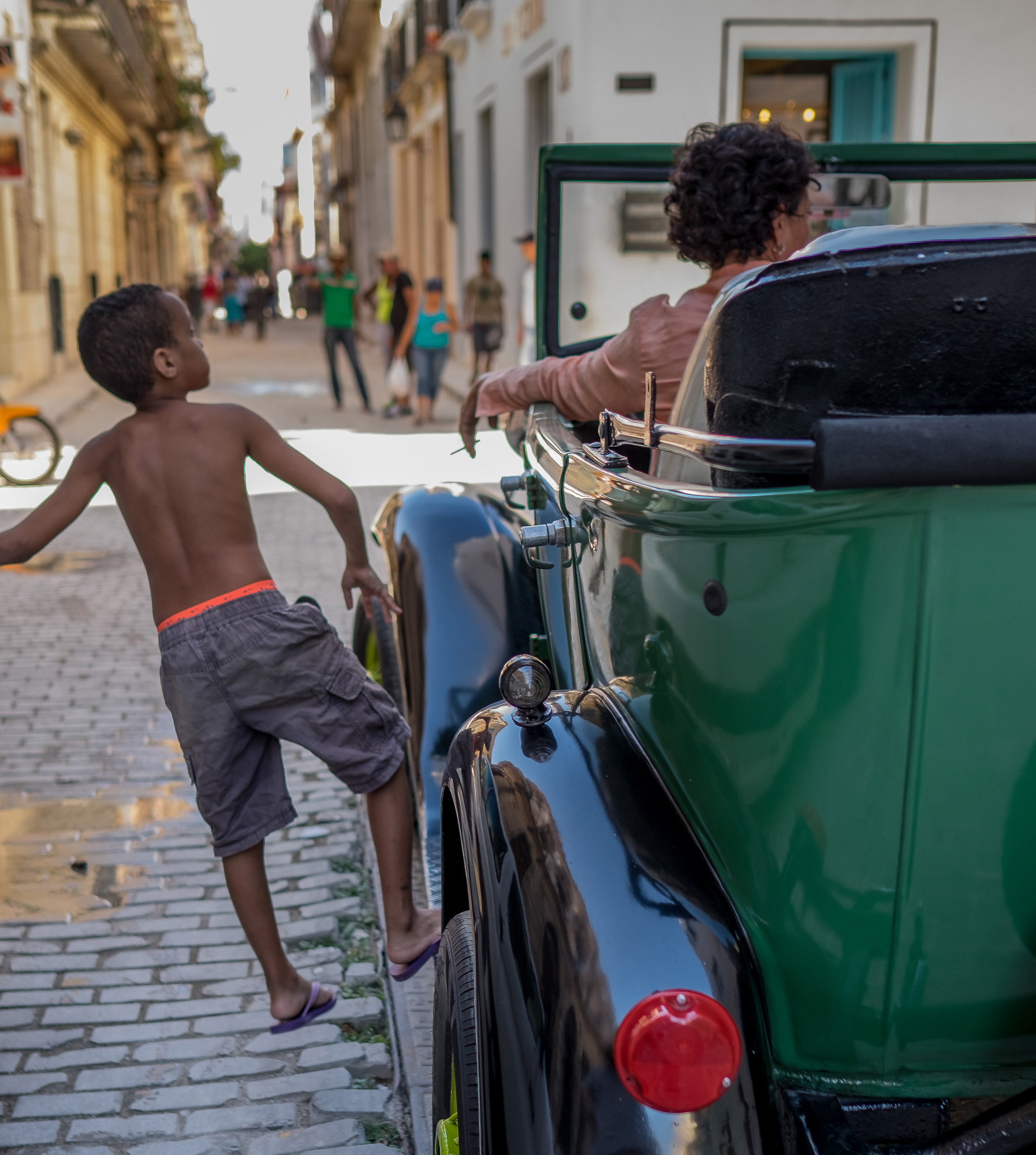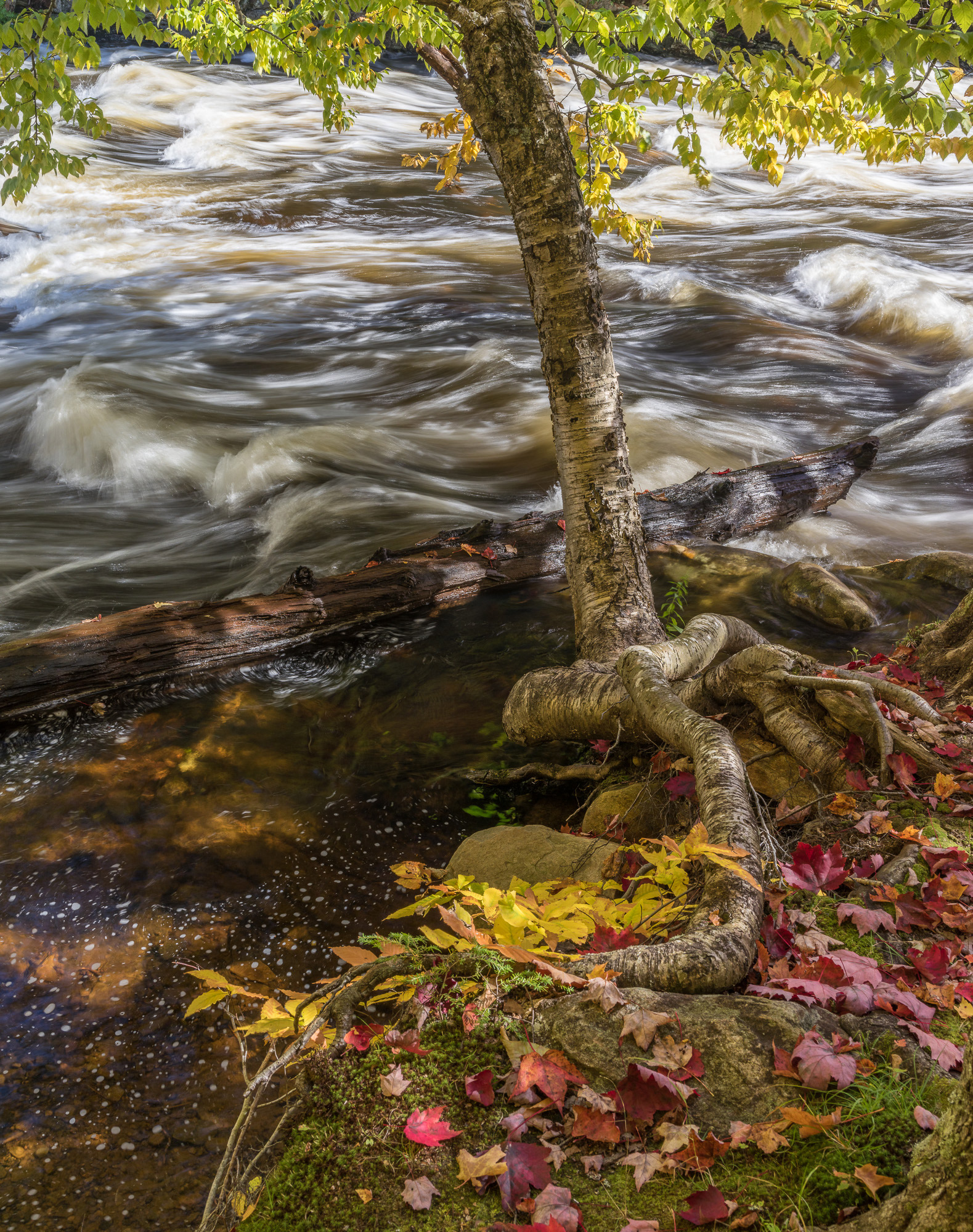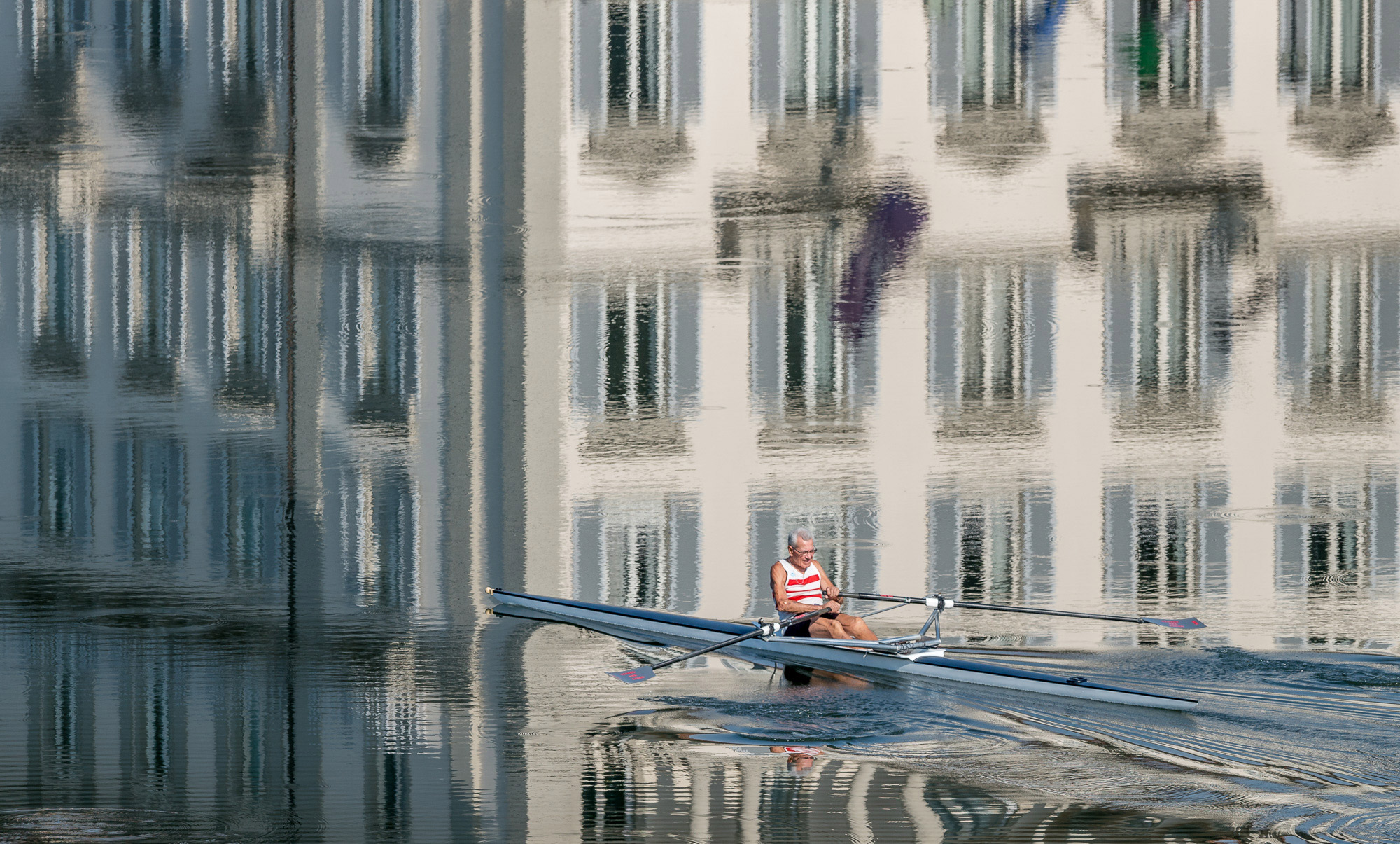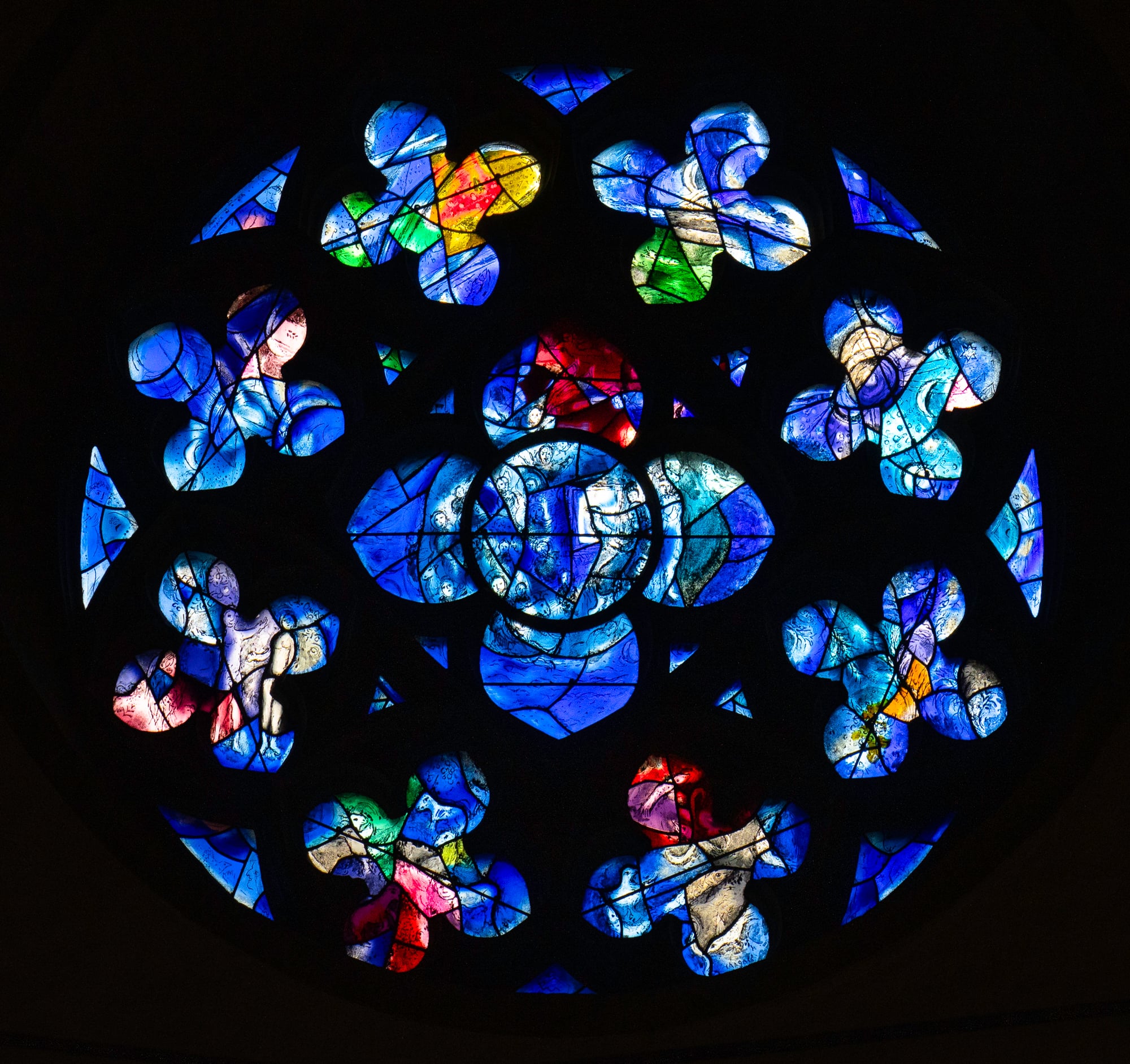By: Alain Briot
Alain Briot is one of the most successful landscape photographers working in the American Southwest today. His work is widely exhibited and collected. His monthly column for this web site, of which this is part, is calledBriot’s View. An extensive interview with Alain is included in Issue #1 ofThe Luminous Landscape Video Journal.
How to Package Your Photographs Framed or Unframed For Shipping
In a previous article I discussedhow to sell your work. Now it is time to talk about getting your work in the hands of your customers. If you sell over the internet or by mail order you will have to ship purchases to your customers. Even if you do shows and physically meet with your customers you may have to ship purchases. Many people don’t like to carry heavy or cumbersome artwork and when they travel by plane they may be simply unable to take the artwork with them.
At any rate shipping your work is an ineluctable aspect of doing business. It is therefore important to know how to package your work in both an efficient and reliable manner. You don’t want the packing to take too much of your time but you don’t want the photographs to be damaged on the way to their destination either. How to reach both goals is the purpose of this article.
Before I start I want to make a few quick points about shipping:
I am a photographer and therefore this article is based on my experience shipping framed and unframed photographs. However my advice should apply equally well to other type of artwork although you may have to make adjustments for your specific needs.
Shipping Companies
There are several available shipping companies and the choice is both a matter of personal preference and of practicability. In my case, living in a remote location I do not have local access to a UPS or FedEx office. Therefore I ship almost everything with the US Postal Service, via Priority Mail. I have found the Postal Service to be quite careful in handling artwork.
A note on priority mail: there is only a minimal cost difference between Priority Mail and Parcel Post (maybe 50 cents to a dollar on a 22×28 frame package) . However, Priority Mail gets there fast while Parcel Post can take weeks. To give you an idea of the costs â�� a 22×28 package from Arizona to California via Priority Mail, packed with foam peanuts which are very light, costs only around $15 to ship and will be in the customer’s hands in two days. The same package from Arizona to Connecticut, which is just as far as one can get in the continental US, is about $25 and will get to its destination in three days. I charge $10 extra when I ship to Canada since packages have to go via International air mail.
Calculating Shipping Costs
When exhibiting my work I carry a detailed typed shipping costs chart which I show to my customers. This builds trust since customers know that I am not figuring shipping costs from the “top of my head” so to speak. My costs include what I pay the post office, the cost of all necessary supplies (boxes, bubble wrap, tape, foam peanuts, etc.) plus a fixed amount for the time spent packing (it usually takes me and my wife 3 days to prepare 20-30 packages, our current shipping load after a show). What I charge for shipping covers all the above expenses.
Another good thing about the post office is they provide you with free shipping supplies such as tape and boxes. I personally use a lot of USPS (U.S. Postal Service)tape. USPS boxes are good for small unframed prints but the post office does not offer boxes large enough for frames. The USPS tubes (triangles actually) are to be avoided at all costs as they bend during shipping. I used them for only one package and had to replace the print as it was destroyed during transit. I now use only thick round tubes which are much sturdier. If you want some of these supplies just call 1-800-THE-USPS. They also have a special order form available at your post office.
Tools
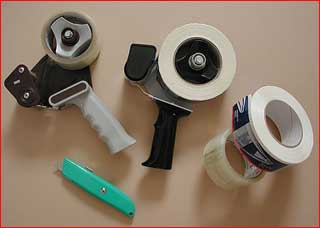
A tape gun is a must. There’s only so long you will stand having to figure out where the end of the tape is on the roll before you go crazy. If you do a lot of shipping you will need at least one tape gun and preferably two, one for brown tape, or USPS tape, and one for clear tape. I use the USPS tape to tape the package together (close the flaps, hold the sides, reinforce corners, etc.) and the clear tape to tape the address label and the warning labels.
You will need a box cutter, or a utility knife, to cut down boxes and pieces of cardboard.
I also use my table top mat cutter to cut sheets of cardboard to the size I need. I use the straight blade since cutting cardboard is very similar to cutting mat board to size.
Tracking Label
We place a delivery confirmation label on each package. This costs only 40 cents extra and you can give the tracking number to your customers over the phone or via e-mail. This is reassuring for customers, and for you it is one less thing to worry about.
Insurance
In 5 years of regularly shipping packages containing framed pieces, most of them with glass, via the USPS I only had one or two break (I ship about 20 to 30 a month on average). Each of the damaged packages showed evidence of either very rough handling or misdirected mail ending up taking longer than normal to be delivered and perhaps having been thrown around a lot.
If something happens and the artwork gets damaged I ask my customer to return the damaged piece and I ship them a free replacement right away. In other words I cover the insurance myself since so few pieces break. Again, very few of my packages get damaged so this practice is more cost effective than insuring every single package through the post office.
Fill
Fill is basically what you fill the empty space in the package with. Traditionally foam “peanuts”have been used for this purpose because they are both extremely light and crushable ½ they absorb shocks well. However, if you do a lot of shipping and have large packages you will need an awful lot of foam peanuts. This is not a problem if you can find a free source of supply by either recycling foam peanuts from packages you receive or if you can get peanuts from other people or companies who receive a lot of packages themselves.
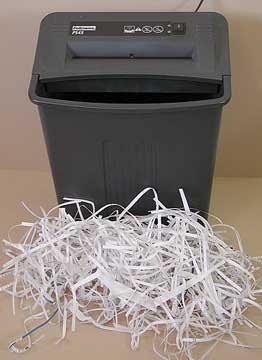
Of course, you can buy new foam peanuts. However, there is another solution and that is to make filling material yourself with a paper-shredder. Buy a strip-shredder ½ there are two types, cross-cut shredders and strip-shredder and you need the strips for fill ½ and get one which sits on its own garbage can so the strips go straight into their own container. Then, just shred all the paperwork and junk mail you don’t want to keep and soon enough you will have enough fill for your packages without having to think about it! I have tried this approach last year after running out of foam peanuts and it worked great. Plus, if you are careful not to stuff the shredding too hard in the box it should be only a little heavier than peanuts.
Labels
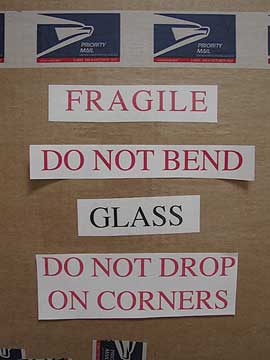
I use a variety of labels to indicate that the contents are fragile, that the package should not be bent, that there is glass inside, etc. I make my own warning labels using large red type for maximum visibility. I avoid using labels saying “Photographs” because in my opinion this makes the packages more noticeable and subject to theft.
Packaging your Artwork for Shipping
Packing your artwork is the most crucial aspect of a successful shipment. Because packing needs to be adapted to the artwork different types of artwork will require different types of packing. I will proceed from the simplest package to the most complex.
Shipping un-matted and unframed photographs
The easiest piece to package is an unframed and unmated photograph. Such an image is shipped rolled, in a sturdy 2″ or 3″ diameter tube.
First, inspect the artwork to make sure it is perfect in every respect. You don’t want to ship a piece which is damaged, dirty or has bent corners.
Second, roll the photograph in an oversize piece of interleave paper to protect it from scratching during shipping.
Third, take an oversize tube (4 inches or so longer than your wrapped photograph), cap one end with a plastic cap, and place some crumpled newspaper at the bottom of it so that the photograph is not in direct contact with the plastic cap. Place your photograph in the tube, add more newspaper at the top and close the tube with a second plastic cap.
Fourth, tape the two plastic end caps to the tube, just to make sure they won’t go anywhere, and attach the address label. Make sure the label has both the destination address and your own return address. I use custom made shipping labels with my return address preprinted on them so that all I have to do is write the destination address and tape the label to the package. I also add a “Fragile” label on the tube.
Shipping a matted but unframed photograph
The second easiest type of package is shipping an unframed matted photograph. Because it is matted it has to be shipped flat but since there is no frame it can be shipped between multiple layers of cardboard rather than in a box thus reducing shipping weight (remember that shipping costs are calculated by weight).
First, inspect the piece to make sure it is perfect in every respect.
Second, take the matted photograph, make sure it is inside a crystal clear bag (see suppliers list) and has a thick backing board.
Third, tape each corner of the bagged photograph to an oversize piece of cardboard. I normally cut two sheets of cardboard 1.5″ larger than the mat size. For example, to ship an 11×14 matted photograph I will cut two 12.5″x15.5″ pieces of stiff cardboard on my table top mat cutter.
Fourth, place the second piece of cardboard on top of the photo and tape the two sides together. Make sure to close each side with tape so that no humidity can get in.
Fifth, add cardboard corners as extra protection and tape those to the package as well. I use corners which come as protection on ready-made frames and which I recycle for packaging. However, you can also purchase these corners in bulk for a minimal cost from framing supply stores (see suppliers list).
Sixth, place address and warning labels on the package. I use labels saying “Fragile” and “Photographs -Do not bend” on this type of package.
Shipping framed photographs
The third type of packages consists of framed photographs. These can be divided in two categories: those framed with glass and those framed with Plexiglas. I am talking about Plexiglas products designed specifically for framing such as TruVue, etc. Such products are actually better than glass since they add a layer of UV protection, won’t get scratched, and won’t send glass shards flying towards your artwork in case the piece is dropped. They are widely used by museums and galleries. However, for ease of explanation and to not favor one manufacturer over another I will use the term “Plexiglas” throughout the text.
Plexiglas is lighter than glass thus less expensive to ship. Plexiglas will not break during shipping alleviating your worries a great deal. However Plexiglas is more expensive than glass and some customers do prefer glass. Also, if you buy ready-made frames they will come with glass which makes shipping them that way more logical and cost efficient.
If you ship pieces with glass you have to add much more protection than if you ship with Plexiglas. I normally ship with glass up to 22×28″ framed size. Larger than that I use Plexiglas knowing that glass either won’t make it or that crating will be required in order to protect it. Also, any framed piece shipped outside of the continental US is shipped with Plexiglas.
This is my standard approach to shipping a piece framed with glass:
First, inspect the piece for any defects and clean the glass. The piece must look perfect in every respect.
Second, wrap the piece in bubble wrap and tape the bubble wrap securely.
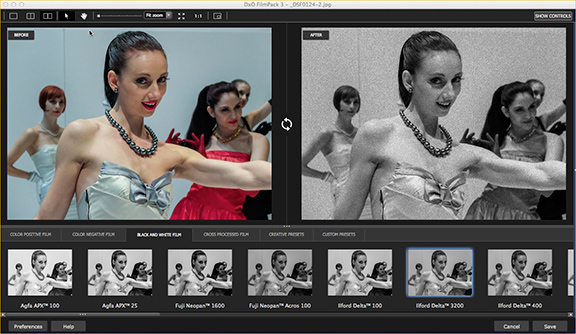
Third, completely wrap the bubbled-wrapped piece in an oversize piece of cardboard. Create crushable structures on all 4 corners and fill these structures with foam peanuts.
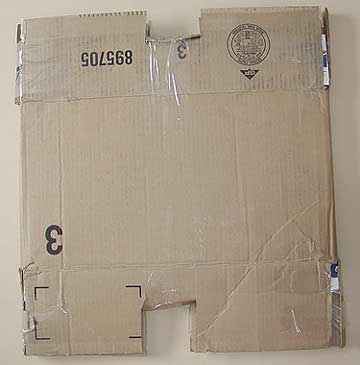
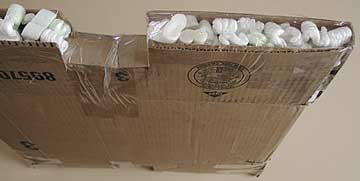
Four, place this package into an oversize box and place foam peanuts all around the piece. I like to have at least 2 inches of space all around the piece. For example, a 16×20 frame will be shipped in a 20x30x5 box, a 22x28x5 frame in a 30x40x5 box and so on (the boxes I use are all 5 inches thick). Make sure to place a layer of peanuts at the bottom of the box prior to placing the piece in it, then, holding the piece in the center of the box, add foam peanuts to the sides and top of it.
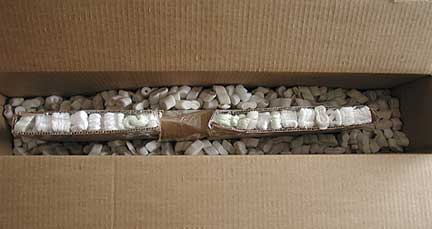
Five, tape the box shut with packing tape and place shipping and warning labels on the box. I use labels saying “Fragile“, “Glass“, and “Do not drop on corners” on this type of package.

Notice: we routinely place up to three 16×20 frames in one 5″ thick box and up to two 22×28 frames.
To ship a piece framed with Plexiglas I follow the same approach as above except no foam peanuts are used.
First, inspect the piece so that it is perfect in every respect.
Second wrap the piece in bubble wrap and securely tape the bubble wrap.
Third, cut two pieces of cardboard to the size of the frame and tape one sheet on the front and one on the back of the frame.
Fourth, place the piece in a box of same thickness as the packed frame. I normally use mat board boxes for shipping pieces framed with Plexiglas. They are the perfect size for up to 32×40, are very sturdy, and have crushable structures at the top and bottom. I place the frame in the middle of the box and add foam peanuts to the sides to form two additional crushing areas.
Fifth, tape the box together and add shipping and warning labels. I add the same labels as for pieces framed in glass except, obviously, for the “Glass” label.
Good sales, and good shipping!
Suppliers:
Crystal Clear bags to package your photographs both for display and for shipping:Impact Images
Shipping boxes, tubes, tape, tools, etc:Reliable
Where do you go from here?
At this point you may have many questions about where to get equipment, how to price your work, how many pieces you need to take to a show and more. All these questions, and many more, are answered in my book: Marketing Fine Art Photography. This book is available both as a printed book and as an eBook.
If you want to go further, I also offer an in-depth tutorial titled the Marketing Mastery Workshop on DVD. Finally, if you need personalized help, I offer one on one consulting over the phone and in my studio for marketing and other aspects of photography.
Alain Briot
Chinle, Arizona
May, 2002
This is one of a regular series of articles titledBriot’s View
written exclusively for TheLuminous Landscape
byAlain Briot
Read this story and all the best stories on The Luminous Landscape
The author has made this story available to Luminous Landscape members only. Upgrade to get instant access to this story and other benefits available only to members.
Why choose us?
Luminous-Landscape is a membership site. Our website contains over 5300 articles on almost every topic, camera, lens and printer you can imagine. Our membership model is simple, just $2 a month ($24.00 USD a year). This $24 gains you access to a wealth of information including all our past and future video tutorials on such topics as Lightroom, Capture One, Printing, file management and dozens of interviews and travel videos.
- New Articles every few days
- All original content found nowhere else on the web
- No Pop Up Google Sense ads – Our advertisers are photo related
- Download/stream video to any device
- NEW videos monthly
- Top well-known photographer contributors
- Posts from industry leaders
- Speciality Photography Workshops
- Mobile device scalable
- Exclusive video interviews
- Special vendor offers for members
- Hands On Product reviews
- FREE – User Forum. One of the most read user forums on the internet
- Access to our community Buy and Sell pages; for members only.





